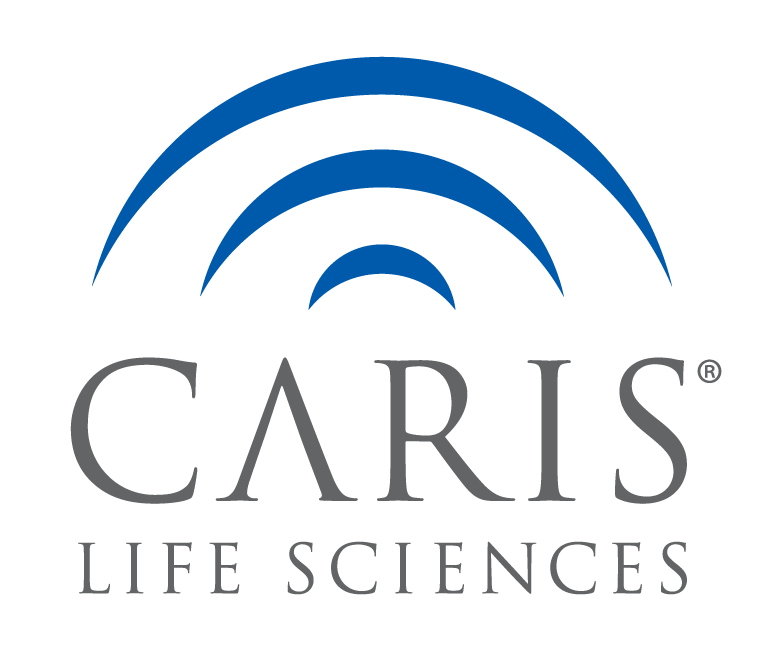
What is Next Generation Sequencing and How Does it Work?
Video Transcript
DNA is the molecule that contains all the genetic information that makes up who we are. While the DNA code is very similar among all humans, it is still unique to each person, which gives us individuality and diversity within our species. Every cell in a person’s body contains their unique DNA sequence or genome.DNA stands for deoxyribonucleic acid and is a chain of four molecular building blocks called bases or nucleotides. These are adenine, cytosine, guanine, and thymine. When DNA is sequenced, the order of nucleotides arranged in the chain is determined. The specific order of these nucleotides is what scientists look at in a laboratory to determine the sequence of each gene, which is located on different regions on the DNA strand.
In 1977 Fredrick Sanger invented a technique that allowed him to determine the order of nucleotides in a DNA chain. His method, known as Sanger Sequencing, paved the way for new technologies that have improved the efficiency and cost-effectiveness of sequencing DNA, enabling scientists to sequence the genomes of entire organisms. Years later, these technologies were leveraged internationally to sequence the whole human genome.
HOW CARIS USES NEXT GENERATION SEQUENCING
Modern sequencing methodologies, known as Next Generation Sequencing, allow scientists to sequence DNA very efficiently by reading multiple smaller sections of DNA simultaneously. This technique allows the entire genome to be sequenced within one day. The 3 billion base pairs that comprise an entire human genome are also analyzed multiple times, improving the accuracy of the data generated. The data collected is compared to a reference human genome developed by scientists. The reference genome is made up of contributions from many different people’s DNA and provides a good representation of the average base-pair composition of the human genome.
Next-generation sequencing is used to guide cancer treatment by identifying specific mutations or errors in the genes that cause cancer to grow and identifying potential therapies to which the tumor may be sensitive. Knowing the genetic details of a tumor is incredibly beneficial to oncologists for them to predict the behavior of cancer and to aid in therapeutic decision-making.
Combining Caris’s DNA and RNA sequencing with our AI technology, Caris molecular profiling is leading the industry with the most comprehensive and clinically relevant molecular profile for cancer patients.
Discover
More
When the DNA of a cell develops a mutation, the mutation can affect the function of a protein in a way that influences cellular reproduction and functions, causing cells to grow uncontrollably.
Cancer is the result of mutations in your genome that change proteins in a way that affects regular cell function. Your body has systems in place for regulating cell growth, but flaws in these processes can create situations where tumors can develop.
